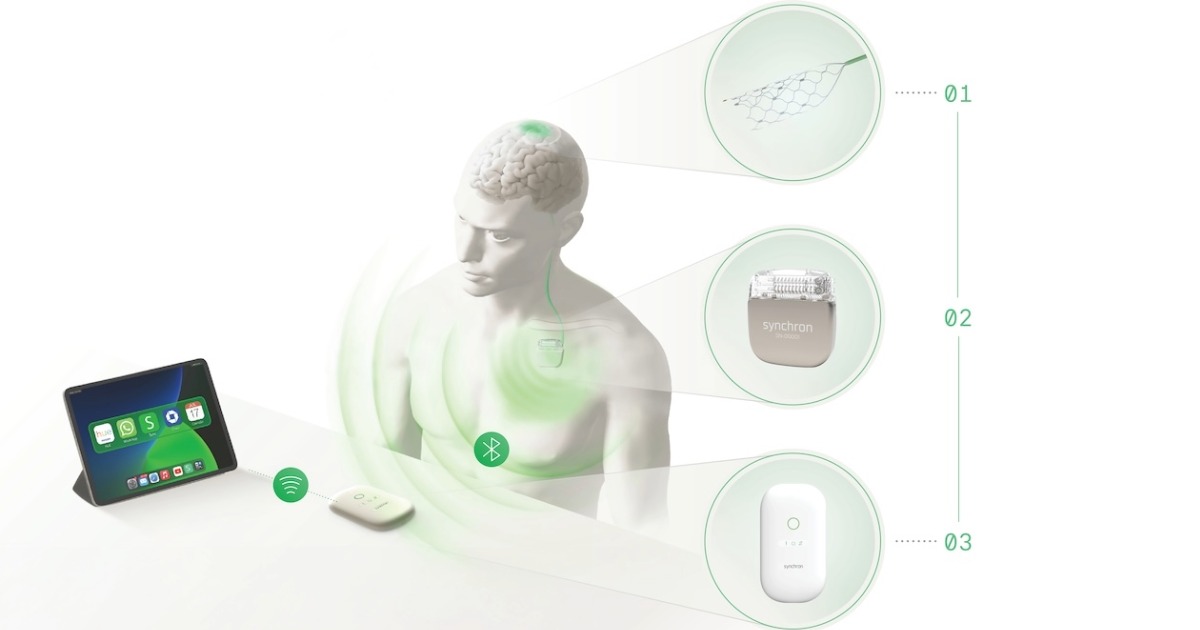 Earlier this year we updated our growing list of must read free mobile health reports from five must read mobile health reports to nine must read free mHealth reports. In the span of just three months, five additional must reads have hit the interwebs and are deserving of your attention. Together these fourteen reports would provide an impressively thorough introduction to the mobile health space. Reading (or even skimming — some are lengthy) these five new reports should be of interest to any MobiHealthNews reader.
Earlier this year we updated our growing list of must read free mobile health reports from five must read mobile health reports to nine must read free mHealth reports. In the span of just three months, five additional must reads have hit the interwebs and are deserving of your attention. Together these fourteen reports would provide an impressively thorough introduction to the mobile health space. Reading (or even skimming — some are lengthy) these five new reports should be of interest to any MobiHealthNews reader.
Of course, there are a number of worthwhile paid research reports out there — including our own reports on smartphone health apps, tablets, quarterly reviews, etc. — but these five free reports are a great start.
Here’s five freely downloadable reports you must read:
 The Future of Connected Health Devices by Heather Fraser, YangJin Kwon and Margaret Neuer, published by IBM's Institute for Business Value (June 2011)
The Future of Connected Health Devices by Heather Fraser, YangJin Kwon and Margaret Neuer, published by IBM's Institute for Business Value (June 2011)
IBM's description: "Whether connected online, to a PC, gaming device, tablet or smart phone, wellness devices will become ubiquitous in the future, especially for caring for the sick, the elderly and those in need of medical assistance, but also for healthier people who want to achieve wellness goals. IBM scientists and healthcare experts envision a number of new devices to help individuals with the following challenges:
Dieting: A new generation of devices for dieting will also measure movement, speed and intensity. These devices will engage users if they aren’t moving enough or provide a movement task to accomplish. Elder Care: For patients suffering from memory loss or impairment, devices for establishing location and compliance with medication regimes, connected to a digital pill box will be commonly used. These devices will pinpoint the location of both the user as well as the caregiver, to give the patient peace of mind, providing medication reminders and direct access to caregiver support. Blood monitoring: The advent of a non-invasive blood test to automatically analyze blood via a wrist band will wirelessly transmit data to your doctor. When cholesterol levels spike, iron levels drop or white blood cell counts increase, users will know when to modify their medications, or seek medical attention. Independence and mobility: Mobility is a critical factor to independent living, enabling people to remain in their homes and delay entry into assisted living and hospital facilities. Devices to keep people ambulatory will increasingly be used to monitor movement. These devices will provide coaching and tasks to improve coordination, range of motion and stability. Communication: New devices that tap brain waves will make it easier for the medically fragile and impaired to express their thoughts and sensations via a digital avatar of the human body."
Why we recommend it: IBM has included some important metrics in here -- just look at the pie chart above. Download It Here
 mHealth Technologies: Applications to Benefit Older Adults, published by the Center for Technology and Aging (March 2011)
mHealth Technologies: Applications to Benefit Older Adults, published by the Center for Technology and Aging (March 2011)
CTA's description: "In a recently published report, "mHealth Technologies: Applications to Benefit Older Adults," the Center for Technology and Aging discusses how cell phones, smart phones, laptop and tablet computers, and other mobile-enabled devices are now used to help millions of older Americans, as well as their physicians and caregivers, in five areas: managing chronic disease, using medications properly, avoiding safety risks, accessing online health information, and staying well."
"The mHealth technologies market will approach $5 billion by 2014 and more than double by 2020, driven in part by adults' rapidly increasing acceptance and use of technology in their lives. The report discusses six critical issues that shape how rapidly mobile health technologies catch on: technology viability, population applicability, health and economic outcomes, workforce relief, stakeholder readiness, and policy and reimbursement issues."
Why we recommend it: CTA has specifically focused on the older adult market, arguably one of the demographics most in need of connected health services. Important reading for anyone working with that group. Download It Here
 mHealth: New horizons for health through mobile technologies, published by the World Health Organization (June 2011)
mHealth: New horizons for health through mobile technologies, published by the World Health Organization (June 2011)
WHO's description:
"The use of mobile and wireless technologies to support the achievement of health objectives (mHealth) has the potential to transform the face of health service delivery across the globe. A powerful combination of factors is driving this change. These include rapid advances in mobile technologies and applications, a rise in new opportunities for the integration of mobile health into existing eHealth services, and the continued growth in coverage of mobile cellular networks. According to the International Telecommunication Union (ITU), there are now over 5 billion wireless subscribers; over 70% of them reside in low- and middle- income countries. The GSM Association reports commercial wireless signals cover over 85% of the world’s population, extending far beyond the reach of the electrical grid.
For the first time the World Health Organization’s (WHO) Global Observatory for eHealth (GOe) has sought to determine the status of mHealth in Member States; its 2009 global survey contained a section specifically devoted to mHealth. Completed by 114 Member States, the survey documented for analysis four aspects of mHealth: adoption of initiatives, types of initiatives, status of evaluation, and barriers to implementation. Fourteen categories of mHealth services were surveyed: health call centres, emergency toll-free telephone services, managing emergencies and disasters, mobile telemedicine, appointment reminders, community mobilization and health promotion, treatment compliance, mobile patient records, information access, patient monitoring, health surveys and data collection, surveillance, health awareness raising, and decision support systems."
Why we recommend it: This is an ambitious report from the WHO that includes a number of important metrics about mHealth services around the world. Download It Here
 Mobile Communications for Medical Care: a study of current and future healthcare and health promotion applications, and their use in China and elsewhere by Professor Ian Leslie Freng and Simon Sherrington, published by China Mobile (April 2011)
Mobile Communications for Medical Care: a study of current and future healthcare and health promotion applications, and their use in China and elsewhere by Professor Ian Leslie Freng and Simon Sherrington, published by China Mobile (April 2011)
"This report examines the use of mobile networks to enhance healthcare (so-called “mHealth”), as an example of how mobile communications can contribute to sustainable development. We define mHealth as “a service or application that involves voice or data communication for health purposes between a central point and remote locations. It includes telehealth (or eHealth) applications if delivery over a mobile network adds utility to the application. It also includes the use of mobile phones and other devices as platforms for local health-related purposes as long as there is some use of a network.”
"Innovative mHealth applications have the potential to transform healthcare in both the developing and the developed world. They can contribute to bringing healthcare to unserved or underserved populations; increasing the effectiveness and reducing the costs of healthcare delivery; improving the effectiveness of public health programmes and research; preventing illness (including through behaviour change); managing and treating chronic diseases; and keeping people out of hospital."
Why we recommend it: This report in particular will take some time to digest, but it's a meal worth having. The academics behind the report explain the various opportunities that face mobile operators when it comes to health services. Download It Here
 Mobilizing Development by Mark Turner, published by the United Nations Foundation (June 2011)
Mobilizing Development by Mark Turner, published by the United Nations Foundation (June 2011)
"As the UN Foundation and Vodafone Foundation Technology Partnership marks the milestone of its five-year, £15 million (approximately $28 million) program, the Mobilizing Development report looks back at the accomplishments of this public-private alliance, highlighting both the achievements and lessons learned through on-the-ground stories and interviews with staff, grantees, partners and beneficiaries.
"The report explores the latest trends in this area and identifies shifts in public-private partnerships that will help improve humanitarian response, development aid and the health of millions of people around the world."
Why we recommend it: This report marks the five year anniversary of the UNF and Vodafone Foundation's working together on mHealth. This partnership led to the formation of the mHealth Alliance, one of the key groups working in global mHealth today. Download It Here


